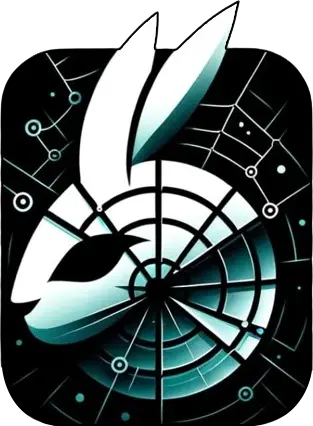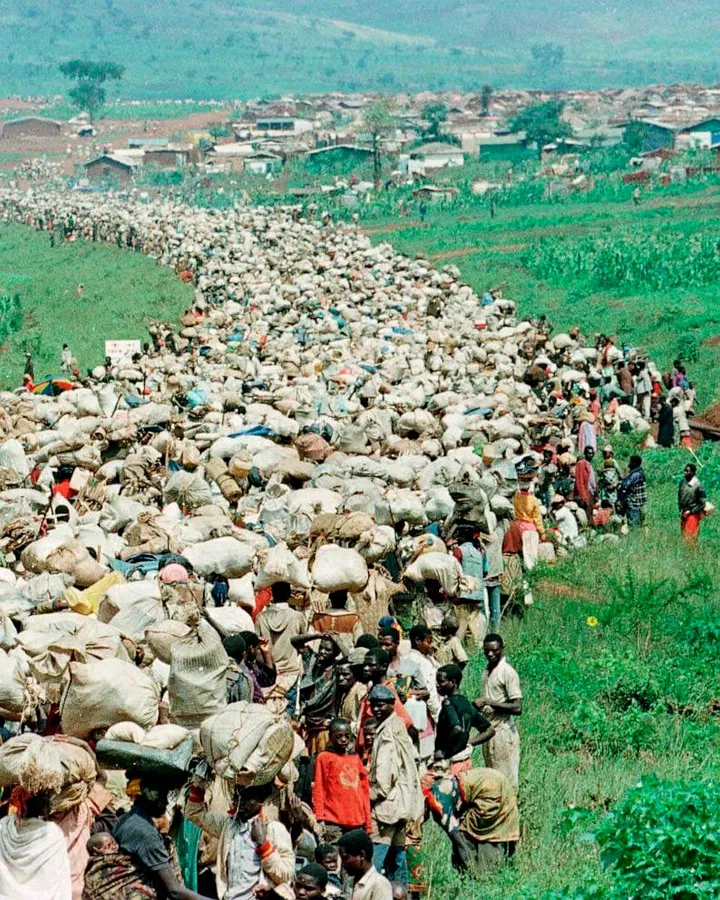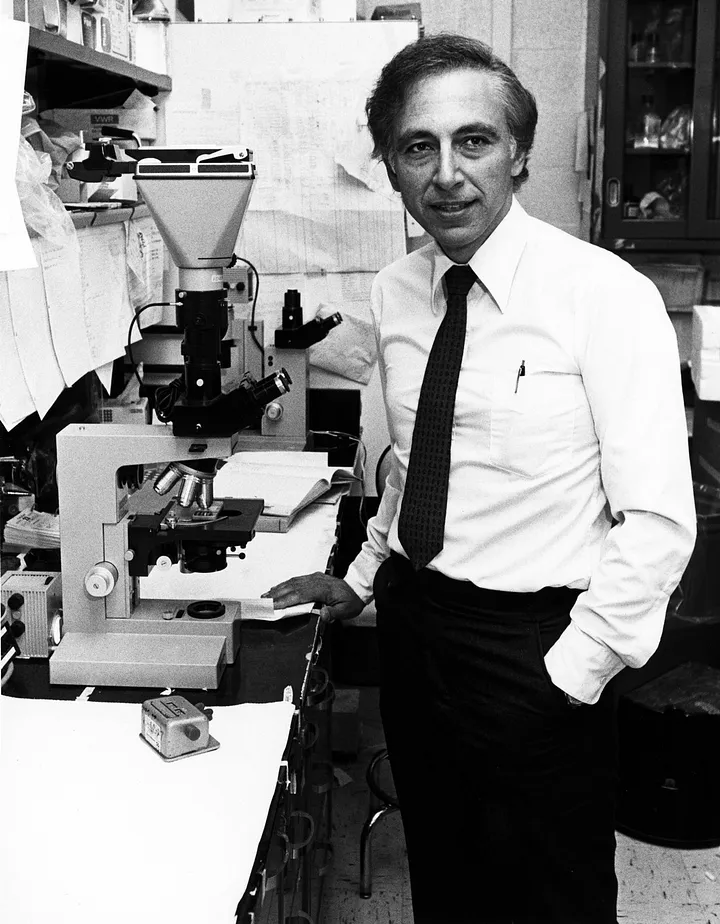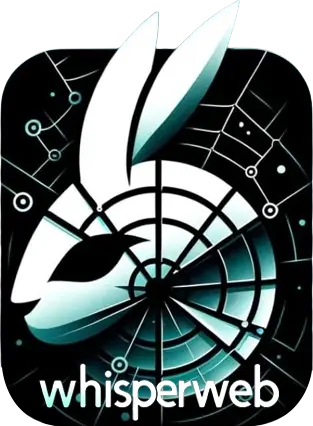It is difficult to comprehend the enormity of the atrocities committed in Rwanda in 1994. The world watched in horror as the small African country was engulfed in a wave of violence that claimed the lives of over 800,000 people. The Rwandan genocide, as it has come to be known, was a defining moment in modern history and a stark reminder of the depths of human cruelty.
At the heart of the conflict were two ethnic groups: the Tutsis and the Hutus. Historically, the Tutsis had been the dominant group in Rwanda, but the tables had turned in the years leading up to the genocide. Hutus had seized power and had been engaged in a campaign of persecution against the Tutsis, who were seen as a threat to their newfound authority.
The situation came to a head in April 1994, when a plane carrying the Rwandan president, a Hutu, was shot down. The incident was the catalyst for a wave of violence that swept across the country. Hutu militias began targeting Tutsis and moderate Hutus, seeking to eliminate anyone who could potentially challenge their grip on power.
The scale of the violence was staggering. Men, women, and children were hunted down and killed in their homes, on the streets, and in refugee camps. Many were hacked to death with machetes, while others were shot, burned, or beaten to death. The brutality of the killings was shocking, even by the standards of modern warfare.
As the violence escalated, the international community was slow to respond. The United Nations had a small peacekeeping force in Rwanda at the time, but it was not authorized to take aggressive action to stop the genocide. Meanwhile, many Western countries were reluctant to get involved in what they saw as a distant African conflict.
In the end, it was the Rwandan Patriotic Front, a Tutsi-led rebel group, that brought an end to the genocide. They launched a military offensive in July 1994 and gradually pushed the Hutu militias back, allowing Tutsi refugees to return to their homes.
The aftermath of the genocide was as devastating as the conflict itself. Rwanda was left with a traumatized population, a shattered economy, and a political system that was deeply divided along ethnic lines. Reconciliation efforts have been slow and difficult, and the scars of the conflict are still evident in Rwandan society today.
In the years since the genocide, much has been written about what could have been done to prevent the violence. Some have criticized the United Nations for not doing enough, while others have faulted Western governments for failing to intervene. Many have argued that the international community was simply too slow to recognize the gravity of the situation in Rwanda.
Whatever the reasons, the fact remains that the Rwandan genocide was a tragedy of immense proportions. It serves as a reminder of the fragility of human societies and the ease with which violence can spiral out of control. As the world continues to grapple with similar conflicts, it is important to remember the lessons of Rwanda and work to prevent similar tragedies from occurring in the future.












